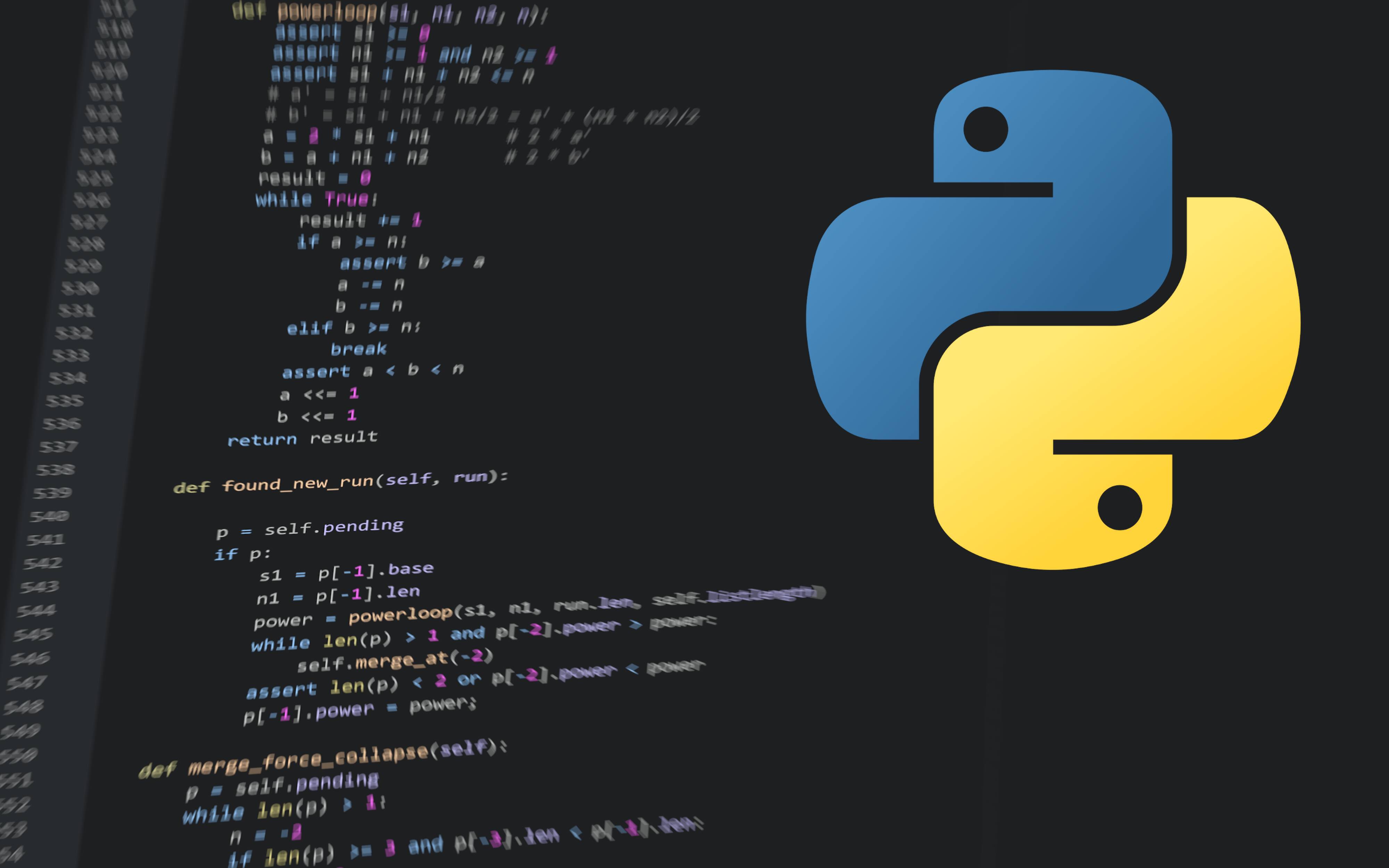algorithms
teaching
web
Powersort in official Python 3.11 release
 Our sorting method Powersort is used as default
Our sorting method Powersort is used as default list.sort() algorithm in CPython, the reference implementation of the
Python programming language.
See my PyCon US talk for the full story.
Here’s the entry from the official Python changelog:
bpo-34561: List sorting now uses the merge-ordering strategy from Munro and Wild’s
powersort(). Unlike the former strategy, this is provably near-optimal in the entropy of the distribution of run lengths. Most uses oflist.sort()probably won’t see a significant time difference, but may see significant improvements in cases where the former strategy was exceptionally poor. However, as these are all fast linear-time approximations to a problem that’s inherently at best quadratic-time to solve truly optimally, it’s also possible to contrive cases where the former strategy did better.
The change had been included in the development version of CPython, but with the official release of Python 3.11, Powersort is now on route to be deployed to hundreds of millions of devices, on top of already being in active use in PyPy.
Update (June 2025)
Powersort has also been adopted for numpy, replacing the former Timsort implementation.
The University of Liverpool Powersort Competition is also still underway, with lots of prizes up for grabs!
Powersort is explained in my PyCon US 2023 talk
(in my biased opinion in a much clearer way than in
our original publication 😅);
More context is given in my Efficient Algorithms module in the unit on sorting,
which has an intro to adaptive sorting (34min) and then covers Powersort itself (15min).
We showed how to extend Powersort to multiway merges, looking very promising in first experiments.
Coverage
- ACM TechNews (2022-12-14)
- University of Liverpool News story (2022-12-12)
on LinkedIn post - TechXPlore
- London Daily News